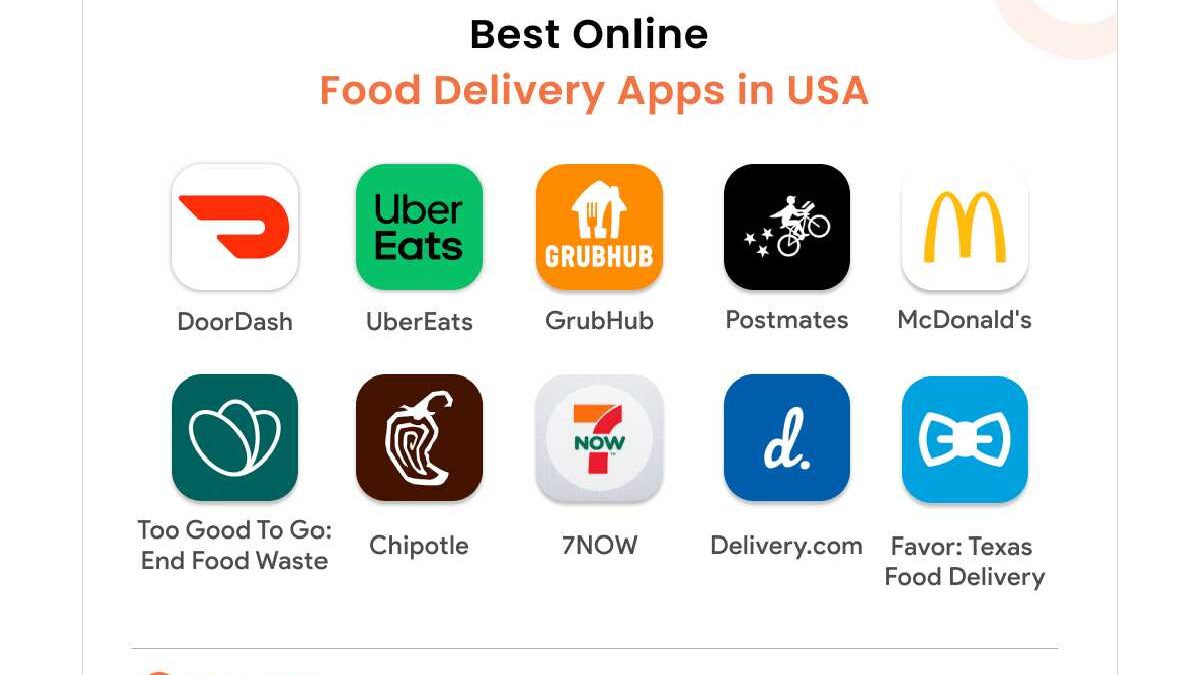The advent of food delivery apps like UberEats, DoorDash and GrubHub is fundamentally changing the restaurant industry. These platforms are making restaurants accessible to a wider range of customers, providing valuable data to business owners, creating flexible revenue opportunities, and promoting efficiency innovations across the sector.
Table of Contents
Making Restaurants Accessible to More Customers
Food delivery apps expand restaurants’ potential customer bases in several key ways:
- Allow people to order food from restaurants that don’t normally offer delivery services. Before food delivery apps, customers could only patronize these establishments by dining in.
- Make high-end restaurants more affordable on occasion. Customers who want to sample top-tier cuisine but don’t want to pay to dine in can now order delivery via an app instead.
- Expand geographical reach. Food delivery apps let restaurants deliver to customers located well outside their normal delivery zones. This brings in business that couldn’t be captured before.
Providing Valuable Data to Restaurants
Food delivery apps provide restaurant owners with valuable order statistics and customer data that facilitates better decision making:
- Menu and pricing adjustments based on order data – Owners can identify the most and least popular menu items and tailor offerings and prices accordingly.
- Targeted marketing according to customer data – Customer profiles and ordering histories allow tailored promotions to regulars.
- Staffing level optimization based on order times – Analyzing peak order periods helps efficiently schedule workers.
Opening Up More Flexible Revenue Opportunities
The on-demand delivery model creates new potential revenue streams:
- Delivery-only virtual kitchen establishments optimize delivery operations.
- Extra revenue outside normal hours – Extended late-night delivery means more orders.
- Supplemental income during slow dine-in periods – Delivery orders help smooth volatile dine-in traffic.
Promoting Efficiency Innovations
Optimizing the delivery model promotes new technologies:
- Packaging/delivery bag advancements better maintain food temperatures and quality en route.
- Digital ordering integration and order pickup racks increase speed and efficiency.
- Autonomous delivery vehicles could further improve reliability and reduce costs.
Food delivery apps are fundamentally changing the restaurant game. By making restaurants accessible to a wider customer base, providing valuable data, creating flexible new revenue streams, and promoting efficiency innovations, these platforms are revolutionizing the industry. Restaurants must adapt to this new on-demand delivery model to thrive into the future.

